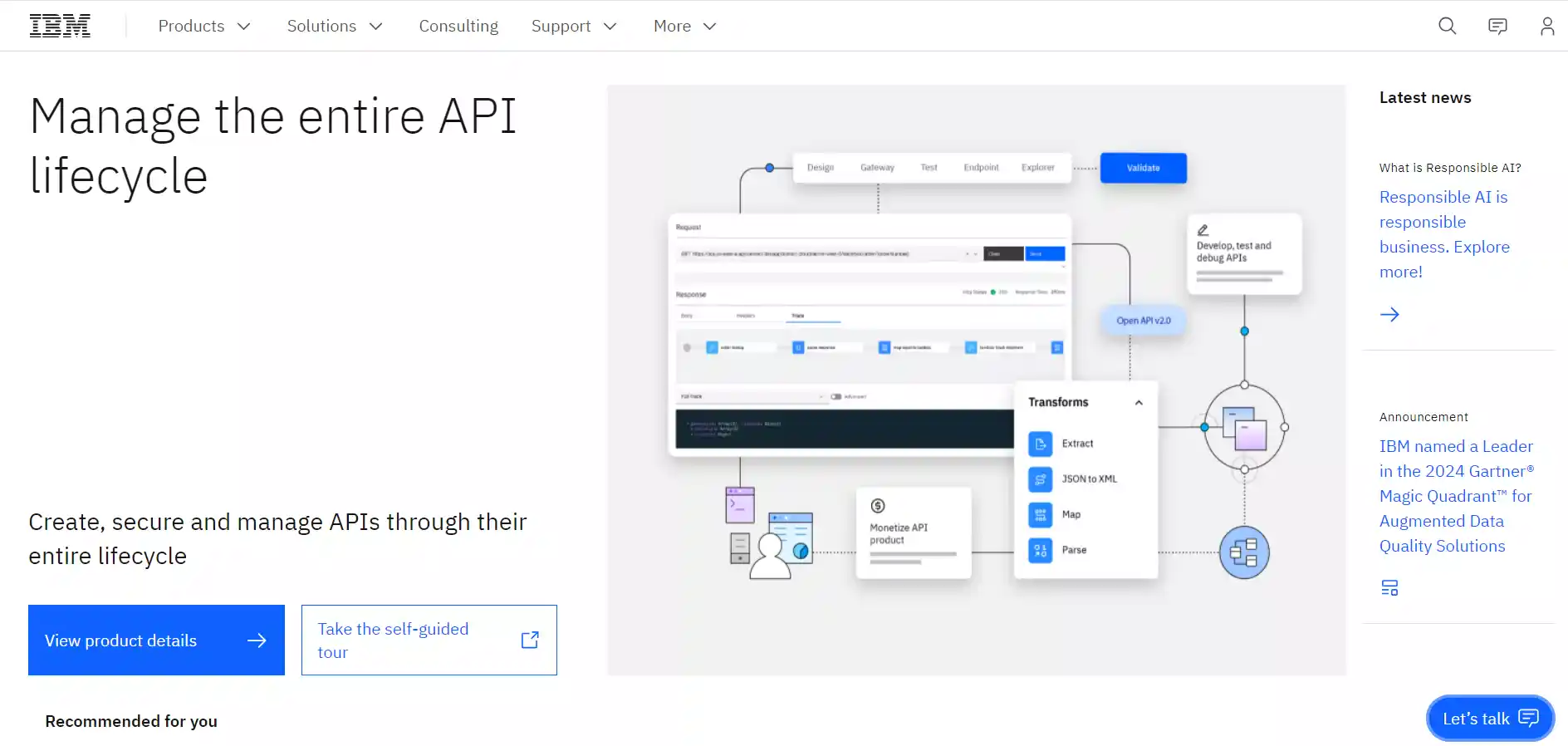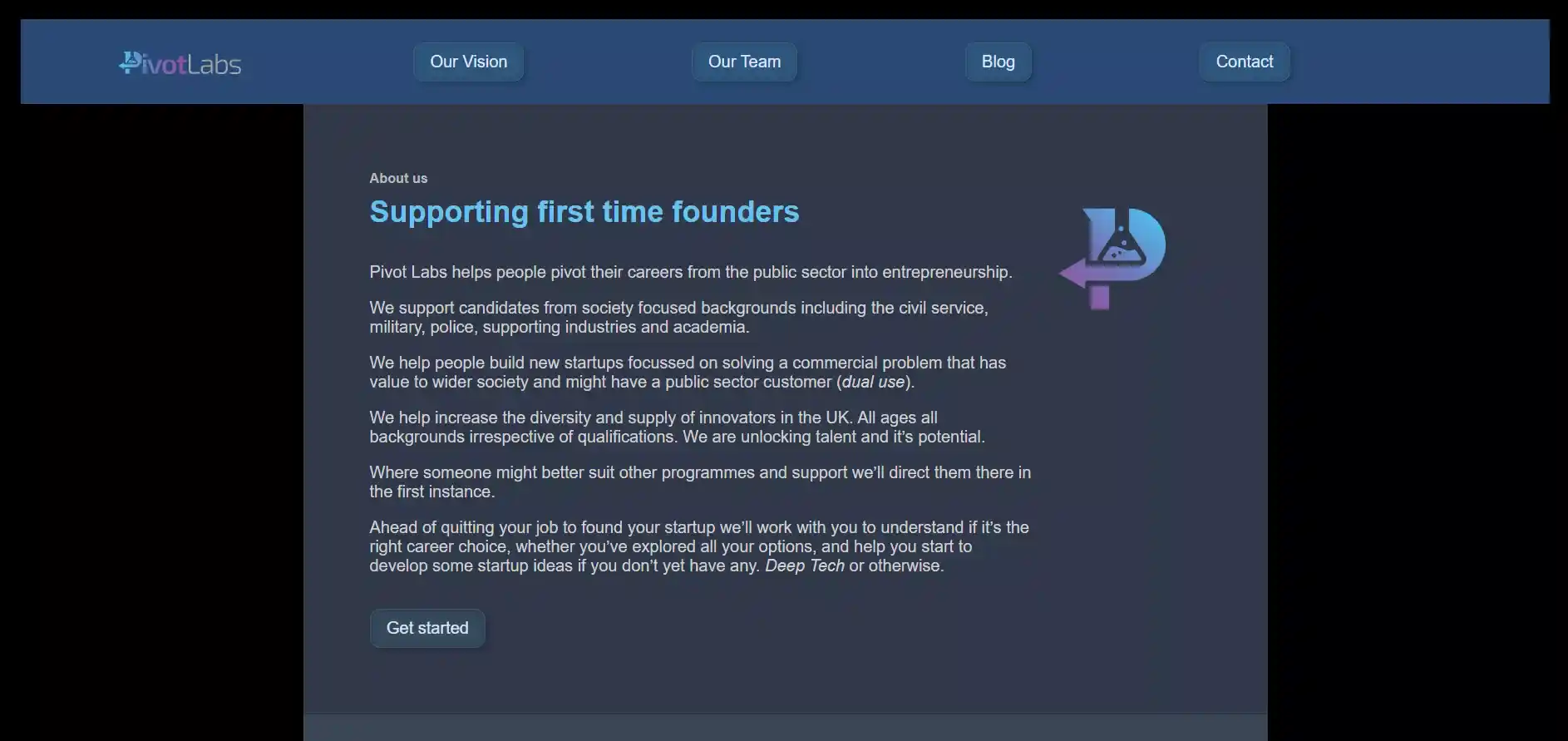Table of Contents
In the dynamic realm of software development, where innovation reigns supreme, a revolutionary approach has emerged: peer programming. This collaborative marvel ignites creativity, enhances problem-solving, and revolutionizes code crafting.
Pair programming, a beacon of collaboration in this era of complexity, breaks the solitary confinement of programmers, embracing teamwork as the catalyst for extraordinary achievements. By combining unique perspectives, expertise, and experiences, it paves the way for innovation and drives excellence to new heights.
It transcends mere technique; it’s a philosophy celebrating collaboration. With roles intertwined, the “driver” skillfully navigates the keyboard while the “observer” offers guidance and challenges assumptions. Together, they embark on a mutual journey towards excellence, constantly exchanging insights and inspiring each other to reach their full potential.
Join us as we unravel the benefits, challenges, and secrets to the successful implementation of peer programming, forever transforming how we perceive software development and unlocking untapped synergy through collaborative coding.

How Peer Programming Works?
It involves two essential roles
- The Driver: The driver is the person actively writing the code, with control of the keyboard and mouse. They translate ideas into code, ensuring correctness and functionality.
- The Observer: Also known as the navigator, the observer plays a supportive role, actively engaging with the driver. They review code, provide feedback, and encourage critical thinking.
Typical Flow of Peer Programming Sessions
- Planning: Pairs discuss tasks, define goals, and create a shared understanding of project requirements.
- Iterative Development: They work collaboratively, with the driver writing code and the observer participating actively. They make design decisions, solve problems, and provide feedback.
- Switching Roles: Pairs rotate roles regularly to prevent fatigue and promote knowledge sharing.
- Continuous Communication: Open dialogue fosters a productive environment for problem-solving.
Importance of Effective Communication and Collaboration
- Error Detection and Code Quality: Two sets of eyes reduce errors and improve code quality.
- Knowledge Sharing: It facilitates knowledge transfer between team members.
- Problem Solving and Innovation: Collaboration encourages diverse viewpoints and sparks creativity.
- Team Cohesion and Learning: It cultivates camaraderie, and trust, and improves communication skills.
Effective communication and collaboration are vital for successful peer programming. By leveraging the combined strengths of participants, it maximizes code quality, fosters knowledge sharing, and promotes innovative problem-solving in software development projects.
Benefits of Peer Programming
- Enhanced Code Quality: It leverages two sets of eyes to catch errors and enhance overall code quality.
- Continuous Knowledge Sharing: It facilitates the transfer of knowledge between team members, reducing knowledge silos.
- Reduced Debugging Time: With peer programming, bugs are caught early, minimizing debugging efforts.
- Improved Design and Problem-Solving: Different perspectives in peer programming lead to better solutions and improved design.
- Increased Team Cohesion: It fosters teamwork and collaboration, enhancing team cohesion.
- Onboarding and Skill Development: Junior programmers benefit from learning from experienced teammates in peer programming sessions.
Challenges and Solutions
| Point | Challenge | Solution |
|---|---|---|
| Personality Conflicts | Differences in personalities and working styles | – Foster an inclusive team culture. – Promote empathy. – Encourage open discussions. |
| Skill Level Differences | Varying skill levels leading to imbalanced contributions | – Create a supportive environment for knowledge sharing. – Encourage mentorship and rotation. |
| Communication and Collaboration | Communication gaps and misunderstandings | – Encourage clear and concise communication. – Regular check-ins and documentation |
| Fatigue and Burnout | Prolonged sessions leading to mental and physical exhaustion | – Set realistic time limits and encourage breaks. – Rotate roles to prevent burnout |
| Lack of Ownership or Autonomy | Reduced perceived ownership and autonomy | – Emphasize collective code ownership and shared goals. – Provide opportunities for autonomy |
| Remote Pair Programming | Technological barriers and communication difficulties | – Utilize remote collaboration tools. – Establish clear communication channels |
By addressing these challenges with the suggested solutions, teams can overcome obstacles and maximize the benefits of peer programming and pair programming alike.
Successful Implementation of Peer Programming
Foster Team Dynamics and Trust
- Cultivate a positive culture of trust, respect, and open communication.
- Encourage collaboration and idea-sharing among team members.
- Strengthen relationships to facilitate effective pairing and knowledge exchange.
Establish Clear Goals and Expectations
- Define objectives, outcomes, and specific tasks for each session.
- Ensure alignment with project scope and priorities.
- Regularly review and adapt goals for progress.
Rotate Pairs for Diversity and Learning
- Promote knowledge sharing and avoid fatigue through pair rotation.
- Expose developers to diverse perspectives and skills for continuous learning.
Enhance Communication
- Foster open communication and constructive feedback.
- Utilize collaboration tools like Loom to record and share video messages for effective communication and understanding. Consider download Loom video for offline access and future reference.
Encourage Continuous Learning
- Cultivate a growth mindset and value ongoing improvement.
- Conduct retrospectives to learn from experiences and implement changes.
- Share lessons and best practices within the team.
Create a Supportive Environment
- Foster a safe space for risk-taking and learning.
- Provide resources and support for skill enhancement.
- Celebrate achievements and recognize contributions to motivate the team.
Real-Time Illustrations
Peer programming, also known as pair programming, has driven success for numerous companies and teams. Here are some compelling illustrations:
IBM

- IBM’s Extreme Blue program utilizes peer programming to innovate and develop products, leading to higher-quality software with fewer defects and reduced time-to-market.
- Peer programming at IBM contributed to a 15% to 20% increase in productivity and improved code quality by 20% to 30%.
Microsoft

- GitHub leverages peer programming in various projects, enhancing issue identification and resolution, resulting in superior code quality and quicker service delivery.
Pivotal Labs

- Pivotal Labs, a leading software consulting firm, champions peer programming for continuous collaboration and code quality improvement.
- Peer programming at Pivotal Labs enhances code readability, reduces defects, and fosters team communication and cohesion.
Related Article:
Developer Productivity with 9 Proven Tips for Coding Faster and Smarter
The Power of Peer Programming in Software Development
Peer programming, a collaborative technique where two developers work together at one workstation, is increasingly recognized for its myriad benefits in software development. Enhanced code quality, reduced defects, and improved productivity are just a few of the advantages that stem from this practice. However, it’s essential to acknowledge potential challenges, such as personality conflicts and skill level differences, which may arise during peer programming sessions.
Despite these challenges, by implementing best practices and fostering effective communication, teams can overcome obstacles and harness the full potential of pair programming. As the software development landscape continues to evolve, embracing peer programming becomes increasingly crucial. Recruiters and project managers are encouraged to explore and implement pair programming in their processes to drive successful outcomes and unlock its numerous benefits.
FAQs
1. What is Collaborative Coding?
Collaborative coding is a practice where multiple developers work together on the same codebase simultaneously. It involves real-time collaboration, allowing developers to edit, review, and discuss code changes together. This approach promotes teamwork, enhances code quality, and accelerates the development process. Collaborative coding tools and platforms facilitate communication and coordination among team members, enabling seamless collaboration regardless of geographical location. Examples include pair programming, code review sessions, and utilizing version control systems like Git.
2. What is Peer programming in Agile?
Peer programming in Agile is a collaborative technique where two programmers work together at one workstation. It involves continuous collaboration, code reviews, and sharing of knowledge to improve code quality and productivity. This practice fosters effective communication, reduces defects, and enhances the overall development process.





